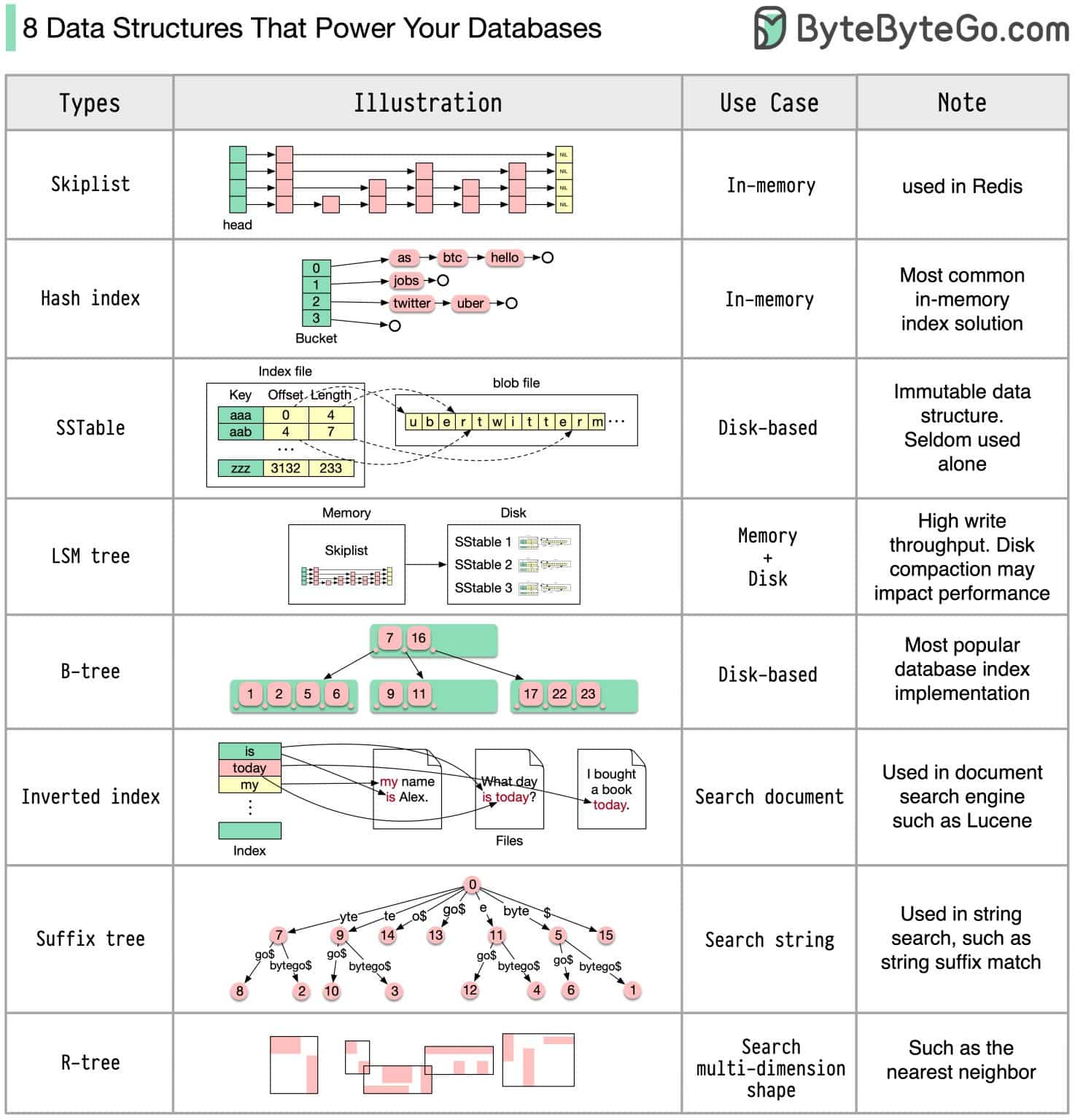Data structure is an organized collection of data items stored in a computer memory, particularly in the form of records of related items stored together. Data structures are commonly used in computer programming, especially for creating data items that can be easily manipulated and accessed by a computer program, and are fundamental to many algorithms and data storage systems.
Data structures are typically divided into two main categories: linear data structures and nonlinear data structures. Linear data structures, such as arrays and linked lists, store elements in a linear order, meaning that each element has a predecessor and successor in the sequence. Non-linear data structures, such as binary search trees, allow elements to be stored in a variety of ways that can be traversed in a non-linear fashion.
Data structures are often associated with abstract data types (ADTs), which are mathematical models of data structures. ADTs are used to store information, such as student grades or employee records, and provide operations that can be used to manipulate the data structure.
Many commonly used data structures, such as stacks and queues, hash tables, and binary search trees, are used to store and access data in an efficient manner. Data structures can also be used for developing efficient algorithms. For example, some data structures, such as linked lists, can be used to implement search algorithms, while others, such as binary search trees, can be used to improve sorting algorithms.
In addition to being an important building block of computer programming, data structures are also essential for developing secure applications. By understanding how data is stored and accessed by a program, developers can ensure that vulnerabilities are not introduced into their applications.






